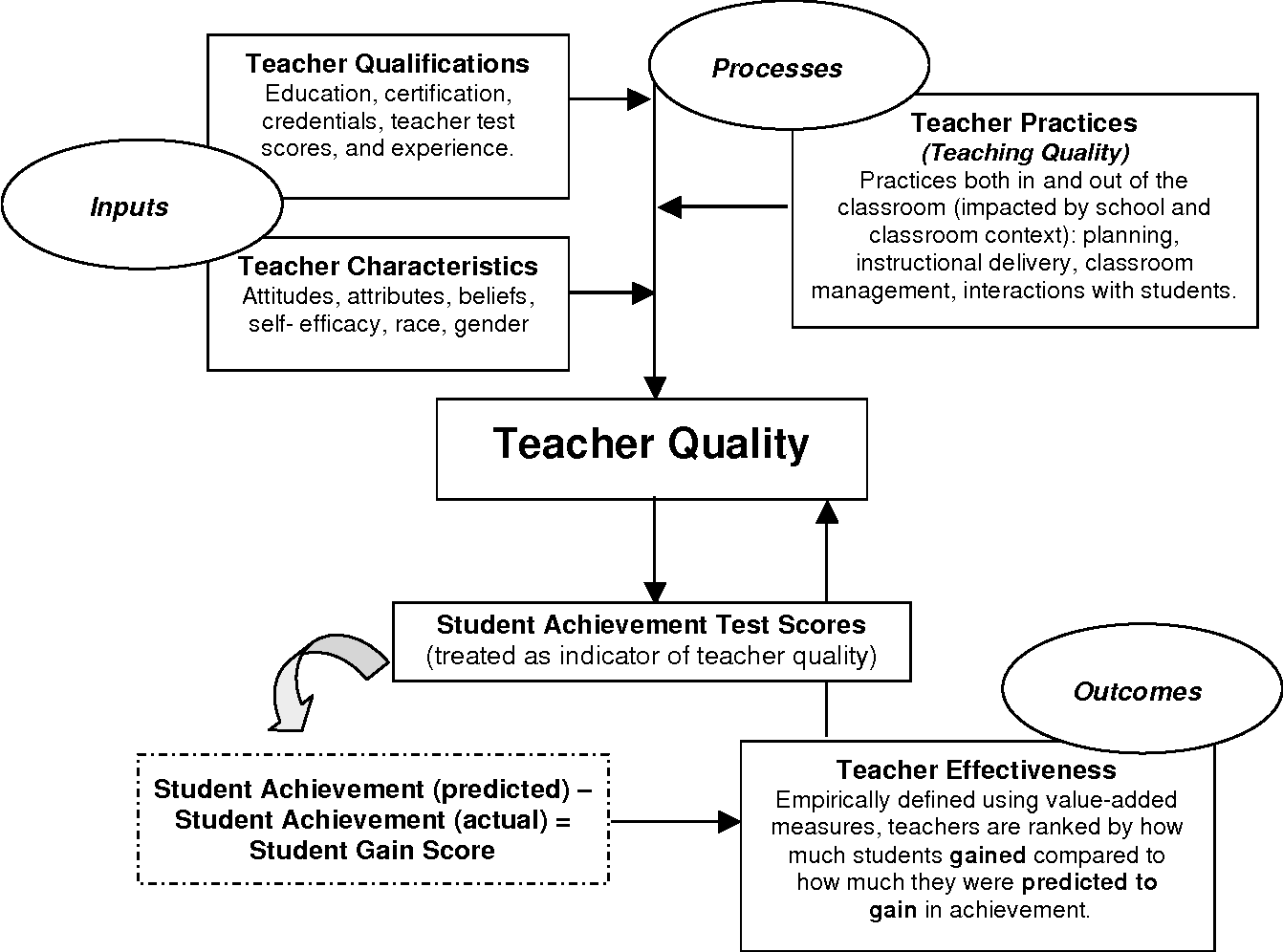The Cognitive Neuroscience of Insight
Kounios and Beeman (2014) report on the variety of factors that influence and create insight moments. Their work represents the most comprehensive and provocative investigation on insight, focusing on changes in cognitive behaviors as a result of having experienced insight, whether through suddenly realizing a solution or suddenly becoming aware of one. Kounios and Beeman define insight occurring,
when a person suddenly reinterprets a stimulus, situation, or event to produce a nonobvious, nondominant interpretation. This can take the form of a solution to a problem (an “aha moment”), comprehension of a joke or metaphor, or recognition of an ambiguous percept. (p. 71)
Research shows that insight moments are distinct from other forms of learning, analytical thinking and processing in particular (Kounios & Beeman, 2014; Sternberg & Davidson, 1995). Kounios and Beeman (2015) report that, “except for a few limited and arguable counterexamples, only humans—most humans—have insights. It’s a basic human ability” (p.11).
Reliable production of insight moments has been accomplished through several scientific measures. Some early research made productive use of the Remote Associates Test (RAT), initially created to assess human creative potential (Mednick & Mednick, 1962/1967/1968), in order to induce moments of insight. A classic example from the original tests are the three words same/tennis/head, each associated in some fashion (i.e., synonymously, compound, or semantically) with the solution word: match. Same and match are associated as synonyms; match-head (or sometimes, matchhead) is a compound word; and tennis match is a semantic association. If and when a solution is accomplished or revealed, the test verifiably produces a change in thinking, often in the form of an insight. Bowden and Jung-Beeman (2003) modified the original RAT problems and developed them into a new subset of the original test, more commonly known as the Compound Remote Associates Test (CRAT). These CRAT problems are classified into two categories: (1) homogeneous, meaning the solution word is a prefix (or suffix) to each of the three challenge words in the triad; and (2) heterogeneous, meaning that the solution word is a prefix (or suffix) for at least one of the challenge words and a prefix (or suffix) to the other words in the triad. An example of an easy CRAT are the three words print/berry/bird, each associated with the solution word blue, whether as prefix or suffix to each of the words in the triad. Blue is the prefix to blueprint; blue is the prefix to blueberry; and blue is the prefix to the word bluebird. This is an example of a homogenous CRAT. Bowden and Jung-Beeman created this new hybrid because it fosters conditions that allow participants to solve challenges more quickly. Solutions require less abstract thinking and tests produce stronger reliability, and because participants can solve them more quickly, more of them can be observed to form a more cohesive and comprehensive understanding of insight and non-insight moments (Bowden & Jung-Beeman, 2003, p. 636).
Important preconditions exist with insight moments that have reported positive impact on the likelihood, frequency, and strength of Aha! moments. Mood has been studied and its effect on enhancing insight has been shown. Ashby, Isen, and Turken (1999) and Isen, Daubman, and Nowicki (1987) report on these effects and it appears that positive mood and affect, “enhances insight and other forms of creativity, both when the mood occurs naturally and when it is induced in the laboratory” (p. 83). Mood also impacts attention, positively increasing or negatively diminishing capacity based on naturally occurring or an induced emotional state. Fredrickson and Branigan (2005) show a distinct connection to positive mood and a broadening of novel and varied stimuli, creating a stronger opportunity for exploratory behavior. Subsequently, the variability of excitement and related phenomena of Aha! moments can fluctuate based on the context. Kounios and Beeman affirm that,
insights are often accompanied by surprise and a positive burst of conscious emotion, but we do not consider these to be defining features because individual insights in a sequence of insights, as occur in many experimental studies, don’t all elicit such conscious affective responses. (p. 74)
Related research draws upon Fredrickson and Branigan’s (2005) broaden-and-build theory:
The broaden hypothesis states that positive emotions broaden the scopes of attention, cognition, and action, widening the array of percepts, thoughts, and actions presently in mind. A corollary narrow hypothesis states that negative emotions shrink these same arrays. (p. 2)
Attention allows learners to narrow or broaden their focus on stimuli, which in the case of an Aha! moment can be most valuable. A person might choose to focus most of their energy on a singular problem, intending to solve it, at the expense of broader focus. The combination of mood and attention create an even stronger likelihood for insight to occur (Easterbrook, 1959; Rowe, Hirsh, & Anderson, 2007).
Kounios and Beeman (2014) conclude aspirationally, hoping that, “researchers may look back at the early twenty-first century as the beginning of a golden age of insight research!” (p. 88).




